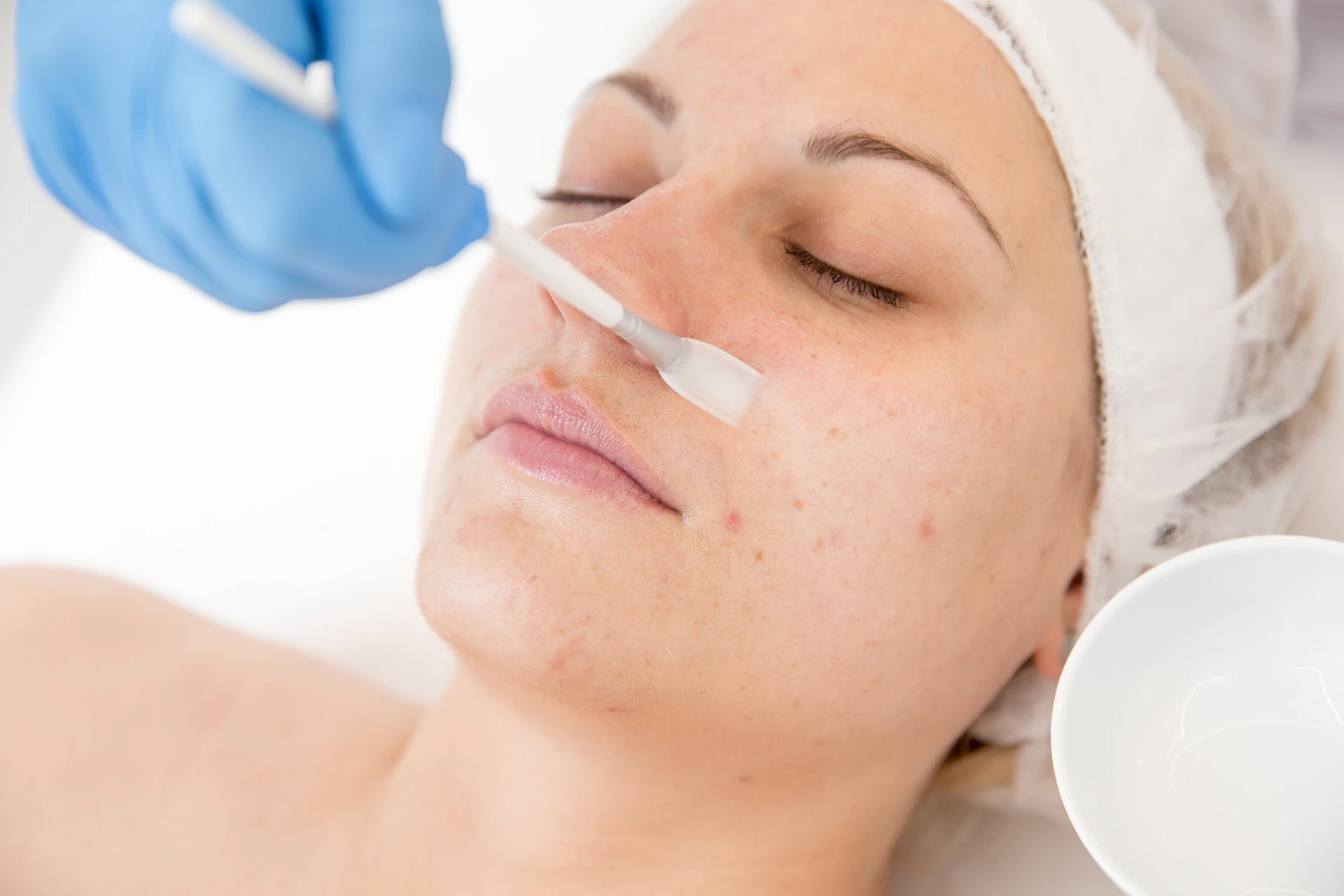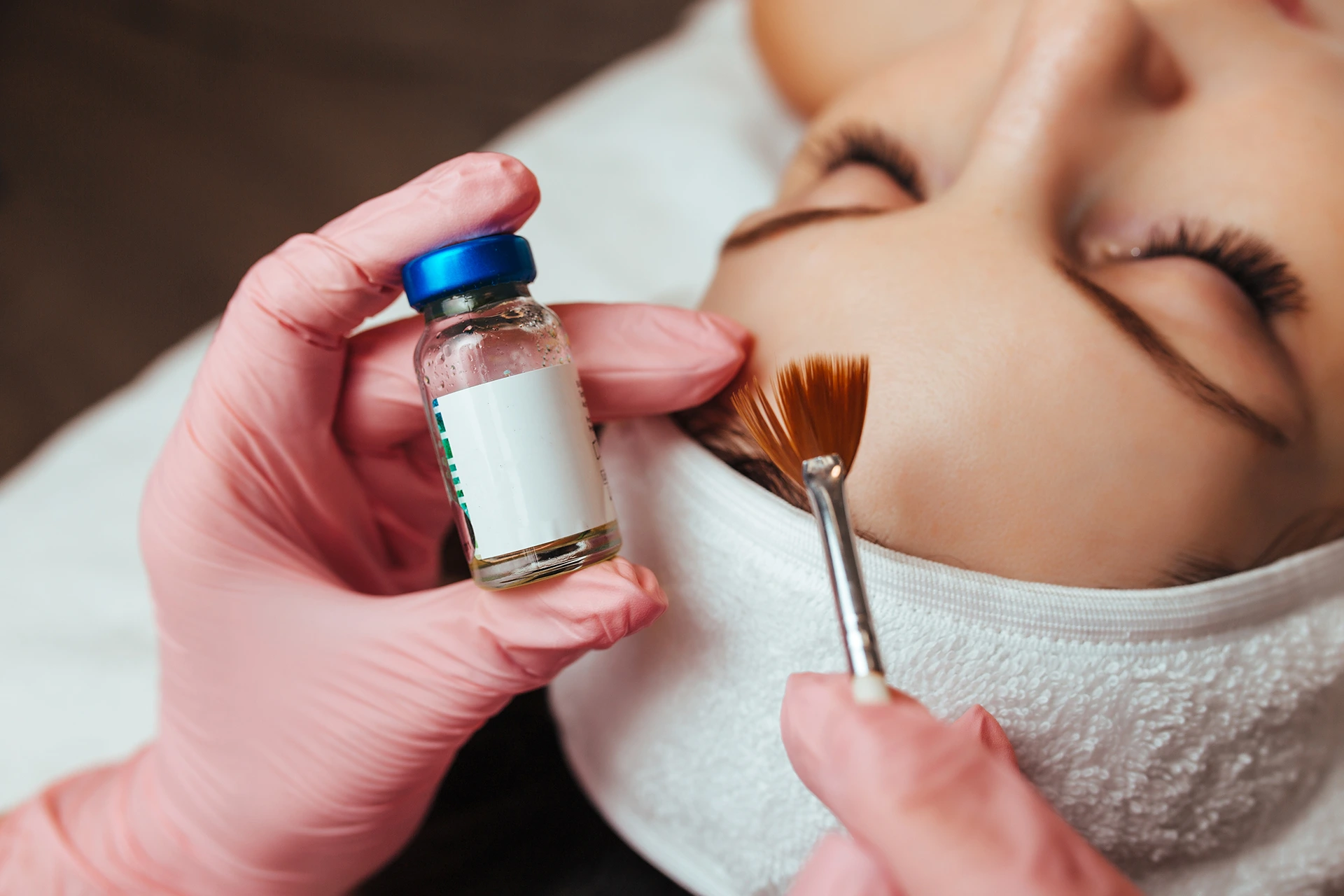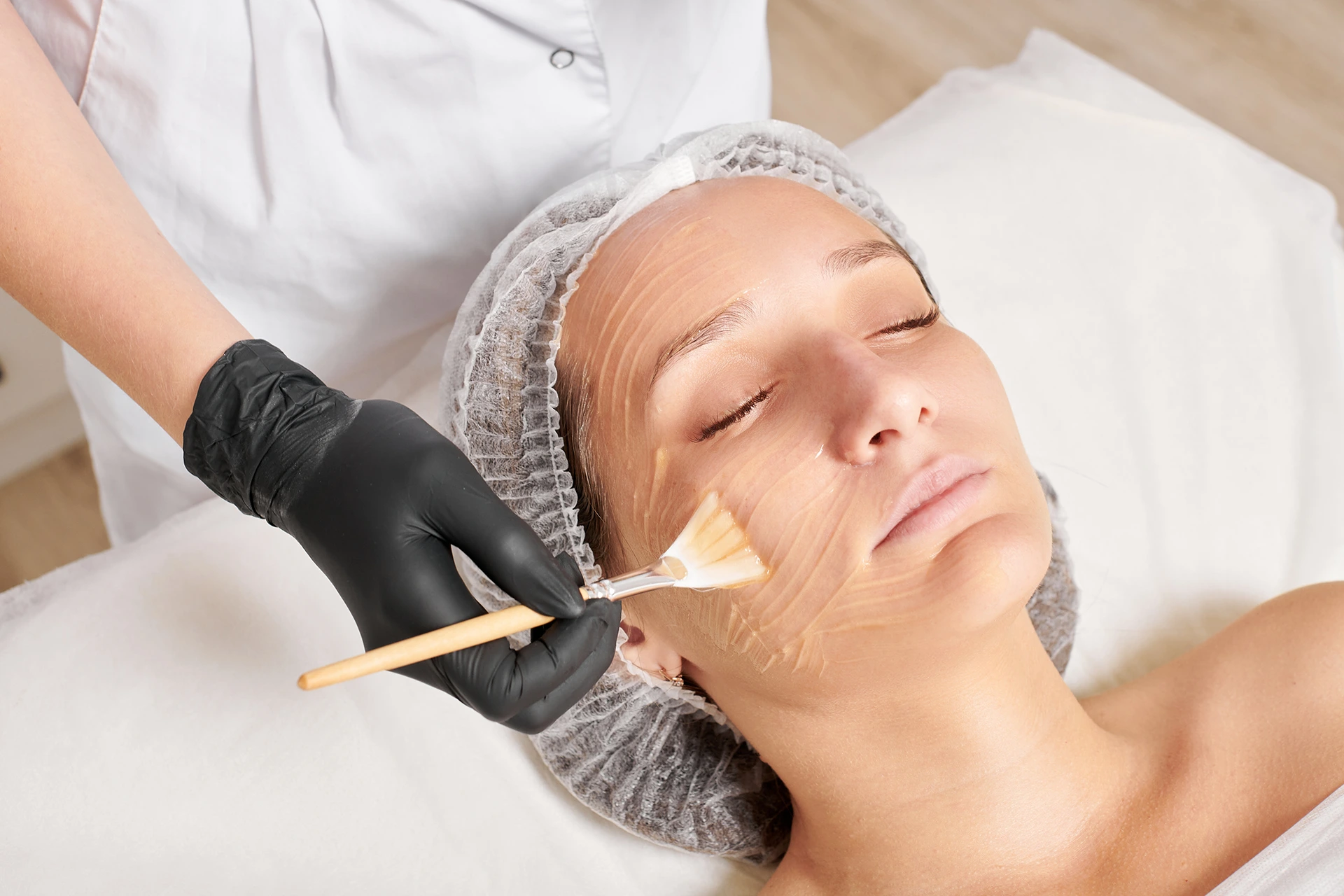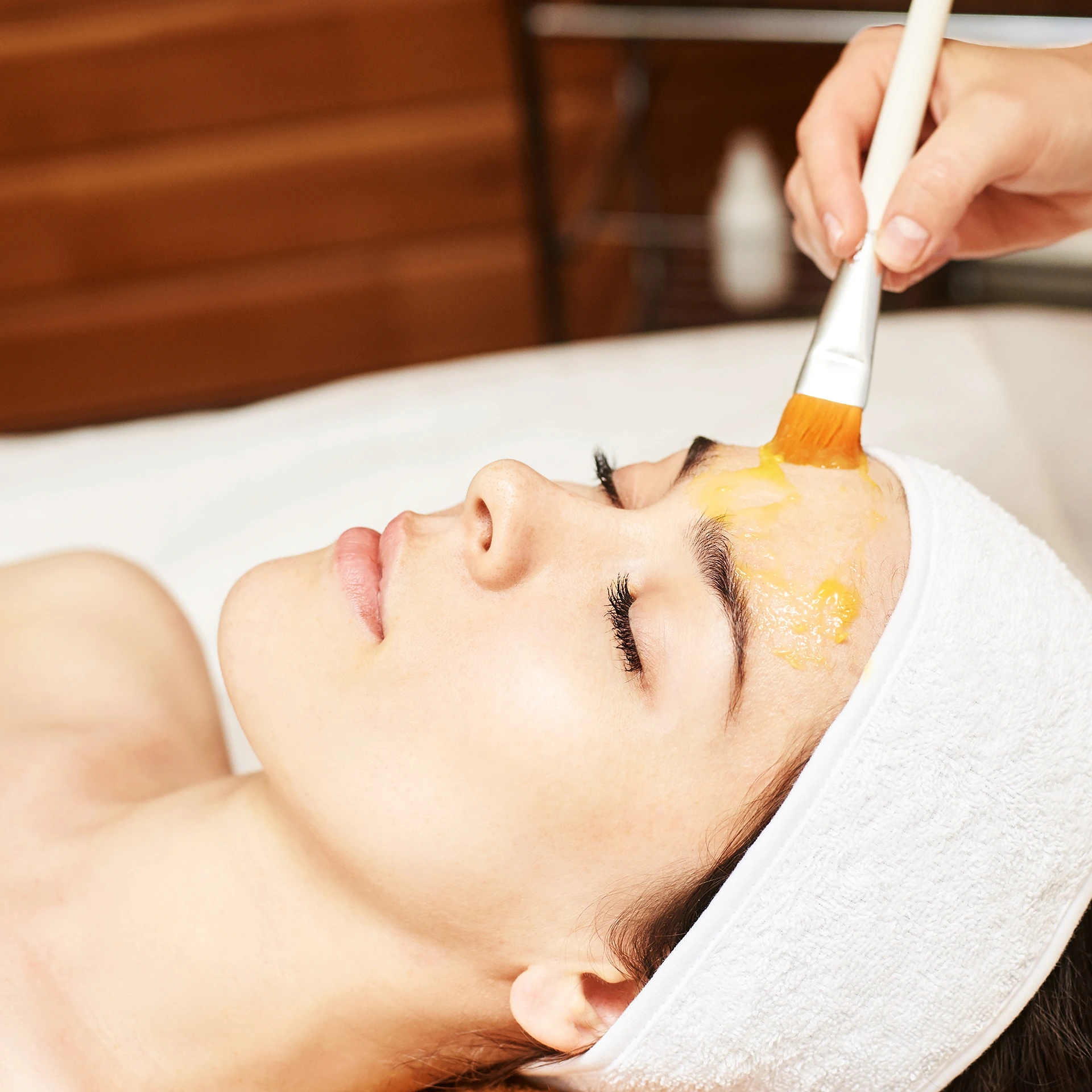Banish wrinkles, scars, and skin damage for good with this intense resurfacing treatment.
Phenol peels can dramatically reduce the appearance of wrinkles, scars, age spots, and other skin damage that lies deep within the skin. If you have severe photodamage, acne scarring, or deep wrinkles that haven’t improved with lasers or superficial peels, a phenol peel may be your ticket to smoother, clearer, younger-looking skin.
What Exactly is a Phenol Chemical Peel?
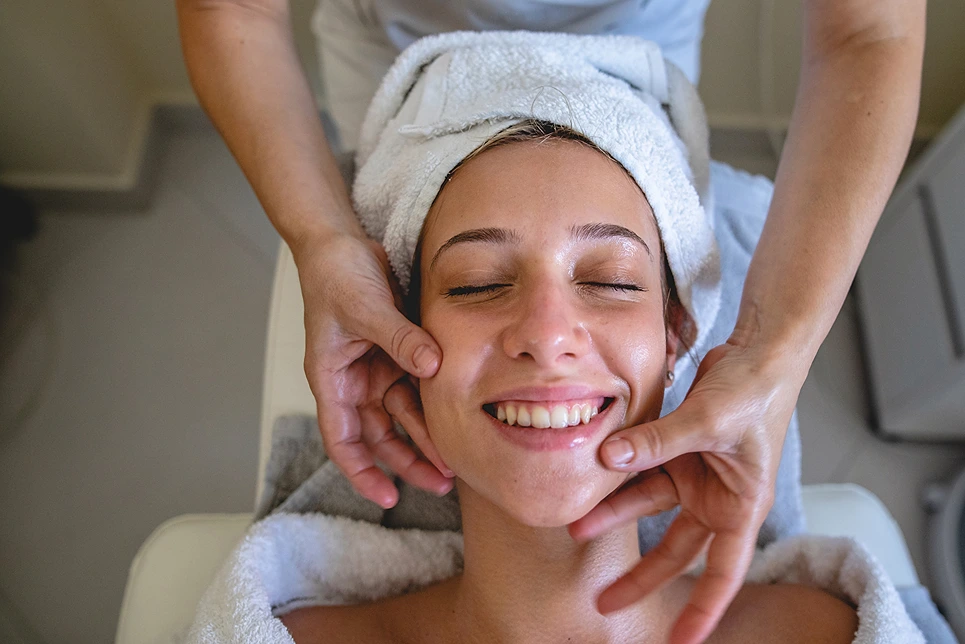
A phenol chemical peel is a powerful skin resurfacing treatment that penetrates below the superficial layers of skin to improve overall texture and appearance.
Unlike lighter peels that only remove the outermost layer of skin, phenol is able to penetrate down to the second layer of the skin (the dermis). This deeper penetration triggers a controlled burning of skin cells that stimulates collagen production and new skin regeneration.
Who is an Ideal Candidate for a Phenol Peel?
While phenol peels can deliver transformative results, they are not suitable for everyone.
Due to the deeper penetration into skin, phenol peels carry higher risks of side effects like scarring and pigmentation changes compared to lighter peels. As such, they are typically only recommended for certain candidates.
Light Skin Tones
Phenol peels contain bleaching agents and should only be performed on individuals with lighter skin tones classified as Fitzpatrick skin types I, II, or III. On darker skin tones, phenol can cause permanent lightening or blotchiness of skin pigment.
Severe Skin Damage
Phenol peels work best for those with severe acne scarring, deep wrinkles, or extensive photodamage that hasn’t improved with other treatments like laser skin resurfacing or superficial chemical peels. If you have moderate skin concerns, the risks of phenol likely outweigh the benefits.
Not for Pregnant Women
Phenol is readily absorbed into the bloodstream so it cannot be used on pregnant or breastfeeding women as it may affect the baby.
If you have any questions about whether a phenol peel is right for your skin concerns, consult with a board-certified dermatologist.
What Exactly Happens During a Phenol Peel?
Wondering what the process is actually like to get a phenol peel? Here’s a step-by-step overview:
Administered by a Skin Care Professional
Phenol peels must be performed by a licensed aesthetician, nurse, or physician who is specially trained in the procedure. Most phenol peels are performed in a medical spa, dermatology office, or plastic surgery practice under a doctor’s supervision.
Use of Anesthesia
Because phenol penetrates so deeply, the procedure would be incredibly painful without anesthesia. A topical anesthetic is first applied to numb the skin before the phenol solution is layered onto the face. This prevents any discomfort during the treatment.
Layering of Phenol
Once the skin is numb, the phenol solution is carefully applied to the face and left to penetrate for anywhere from 15 to 30 minutes based on skin type. Multiple layers may be applied to achieve the desired depth of penetration.
Neutralizing and Removal
After adequate penetration time has elapsed, the phenol is neutralized with an alcohol solution and gently washed off the skin’s surface. This stops the phenol from penetrating any further.
How Long is the Recovery Time After a Phenol Peel?
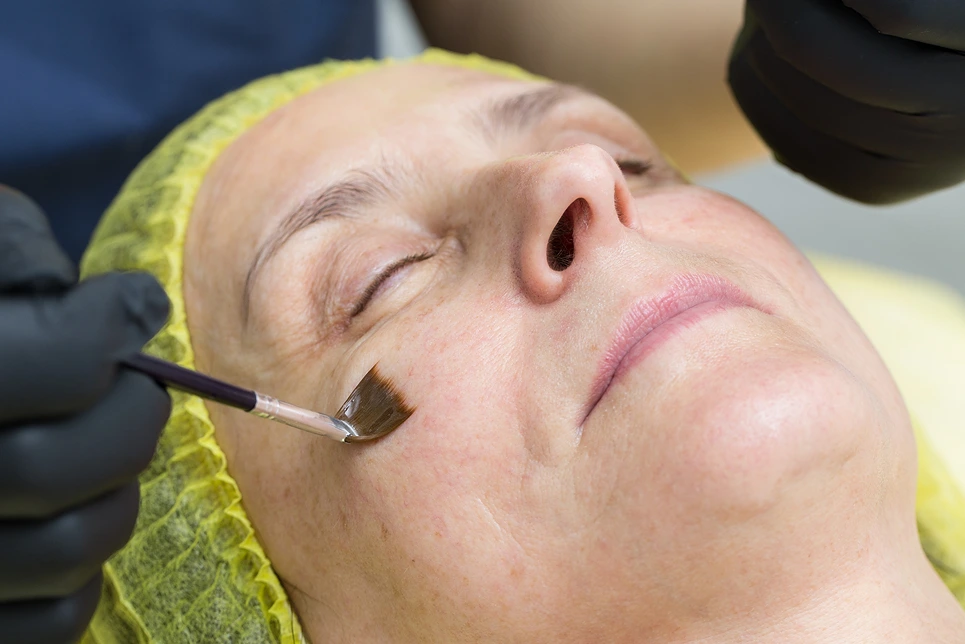
One of the biggest drawbacks of phenol peels compared to lighter chemical peels is the extensive downtime required after treatment. Patients typically need to allow 2 to 3 weeks for their skin to fully recover and regenerate following a phenol peel.
For the first week, expect oozing, crusting, swelling, redness, and moderate discomfort. Your dermatologist will prescribe pain relievers to make this stage more comfortable. You may also experience tingling, tightness, and itching as your skin heals. Keep the treated area lubricated with ointment as instructed and sleep on your back with your head elevated to minimize swelling.
In the second week, swelling and irritation subside, but you will still have pink, shiny, sensitive skin that must be protected. Avoid direct sunlight, as your skin will be highly susceptible to sunburns. Around 10-14 days, flaking and peeling of the treated skin will occur as your skin naturally exfoliates.
You can expect redness to persist for 1-2 months after the peel. It will take about 6 months for your skin to reflect the final results of new collagen production and smoothing of wrinkles and scars.
What Are the Potential Side Effects and Risks?
While phenol peels can deliver dramatic improvements in skin appearance, they do not come without risk. Understanding the potential side effects is important.
Infection
Like any invasive procedure, bacterial or fungal infection is possible if proper sanitization protocols weren’t followed. Signs of infection include oozing, fever, and worsening pain, redness or swelling. Seek medical treatment immediately if you suspect an infection.
Scarring
If the peel wounds the skin too deeply, scarring is a risk, especially in people prone to keloid or hypertrophic scars. Opt for a lighter peel if you have a history of poor wound healing.
Skin Discoloration
The skin lightening effects of phenol may cause blotchiness or loss of ability to tan. This risk is minimized on ideal candidates with lighter skin tones. Avoid sun exposure to prevent dark spots.
Prolonged Redness
While redness is normal during the healing phase, some patients experience persistent redness for 4-6 months after a phenol peel.
Sensitivity to Sunlight
Phenol makes skin extremely sensitive to UV rays for up to 6 months. Diligent sun protection is critical during recovery.
How Does Phenol Compare to Less Invasive Alternatives?

Given the intensive recovery and potential for side effects like scarring, what are some alternatives to consider before opting for a phenol peel?
Laser Skin Resurfacing
Ablative laser treatments like CO2 laser resurfacing penetrate through layers of skin similarly to a deep chemical peel. While results are comparable, a laser precisely targets damaged areas, potentially lowering risks.
Medium-Depth Chemical Peels
Trichloroacetic acid (TCA) peels reach deeper into the dermis than light peels but not as far as phenol. TCA peels require less downtime and cause fewer side effects than phenol for moderate wrinkles and scars.
Light Chemical Peels
Gentler peels like glycolic acid peels, salicylic acid peels, and Jessner’s solution peels only remove the outermost layer of skin. While results are more subtle, light peels have minimal risks and require no downtime.
How Much Does a Phenol Peel Cost on Average?
Because phenol peels must be performed by a licensed skin care professional in a clinical setting, they are pricier than at-home treatment options. You can expect to pay anywhere from $1,000 to $6,000 depending on factors like your provider’s reputation and geographic location.
While not exactly cheap, a phenol peel is considered a cosmetic surgery procedure, and the results can ultimately save you money on multiple treatments with lasers, microneedling, or lighter peels over time.
Should I Get a Phenol Chemical Peel?

While a phenol peel can deliver dramatic improvements in skin texture, tone, and appearance, it is not for everyone.
Have a thorough consultation with a board-certified dermatologist who specializes in chemical peels to determine if you are a good candidate. Be sure to discuss your medical history, skin concerns, and goals.

